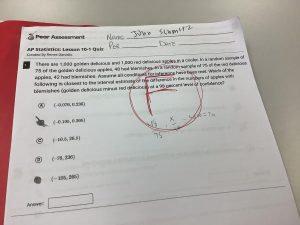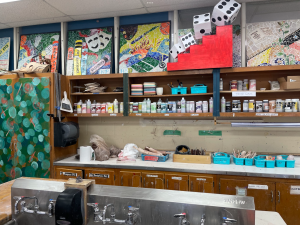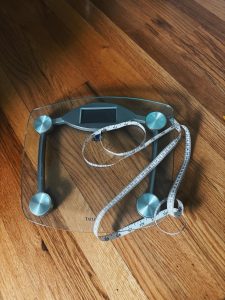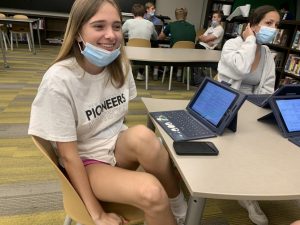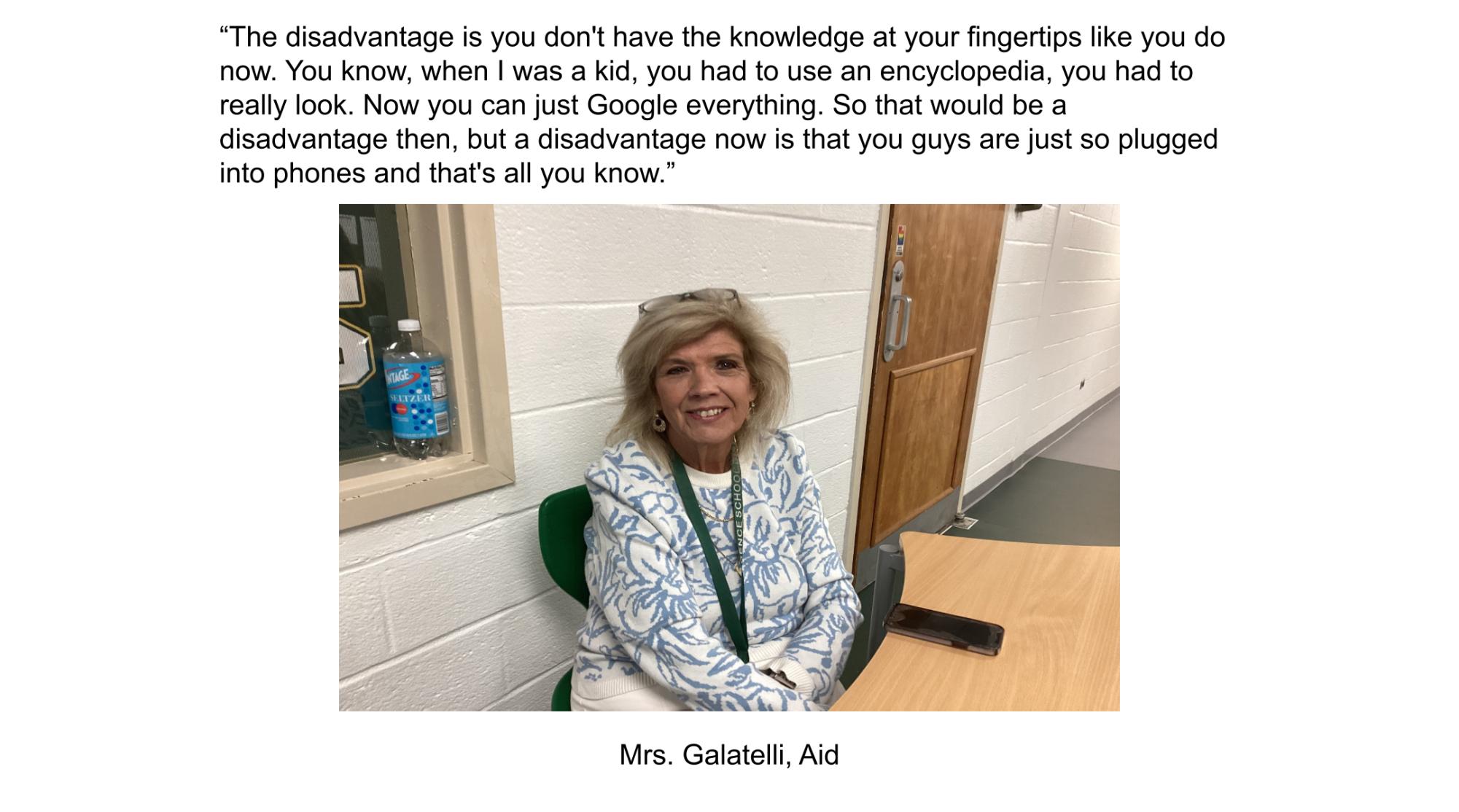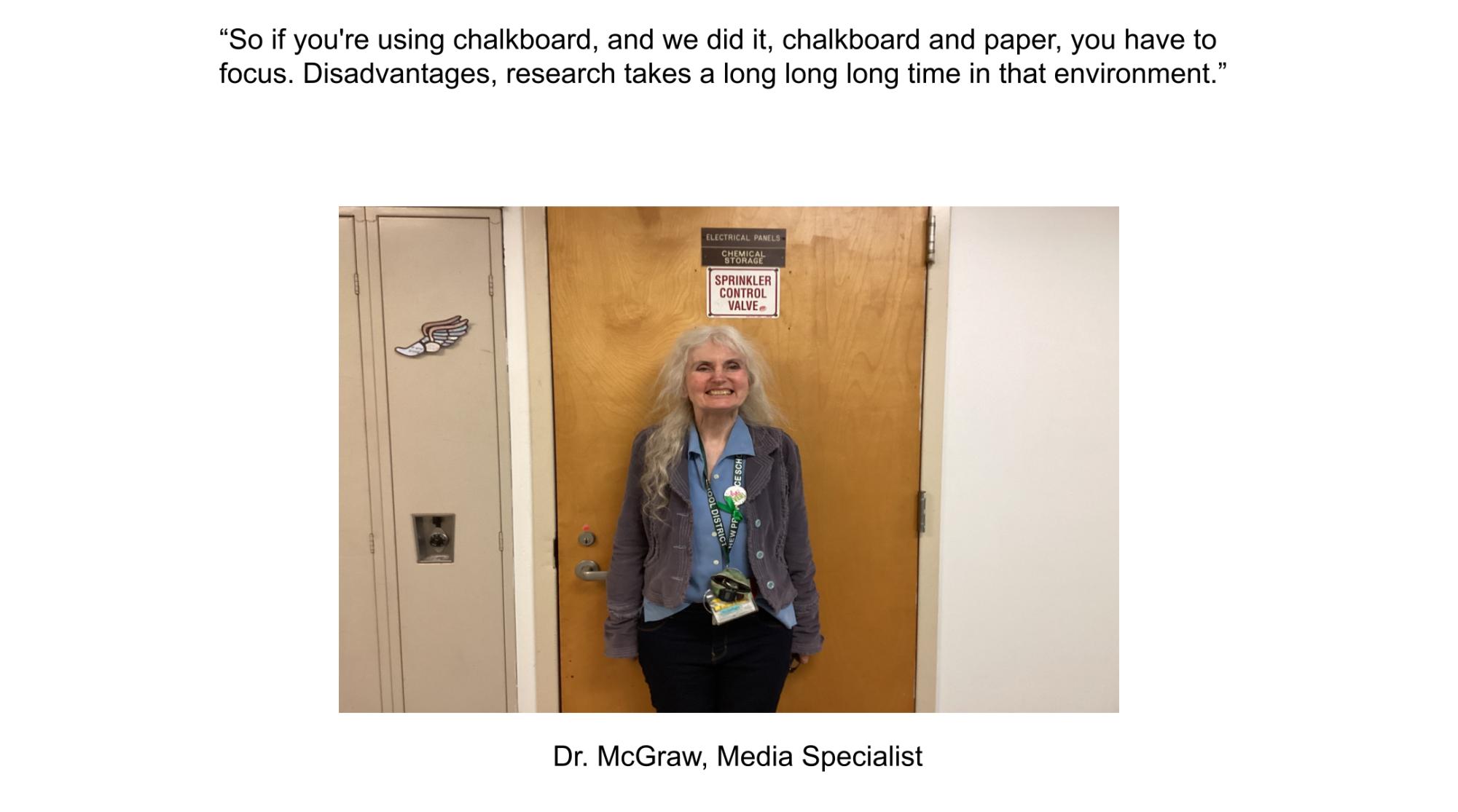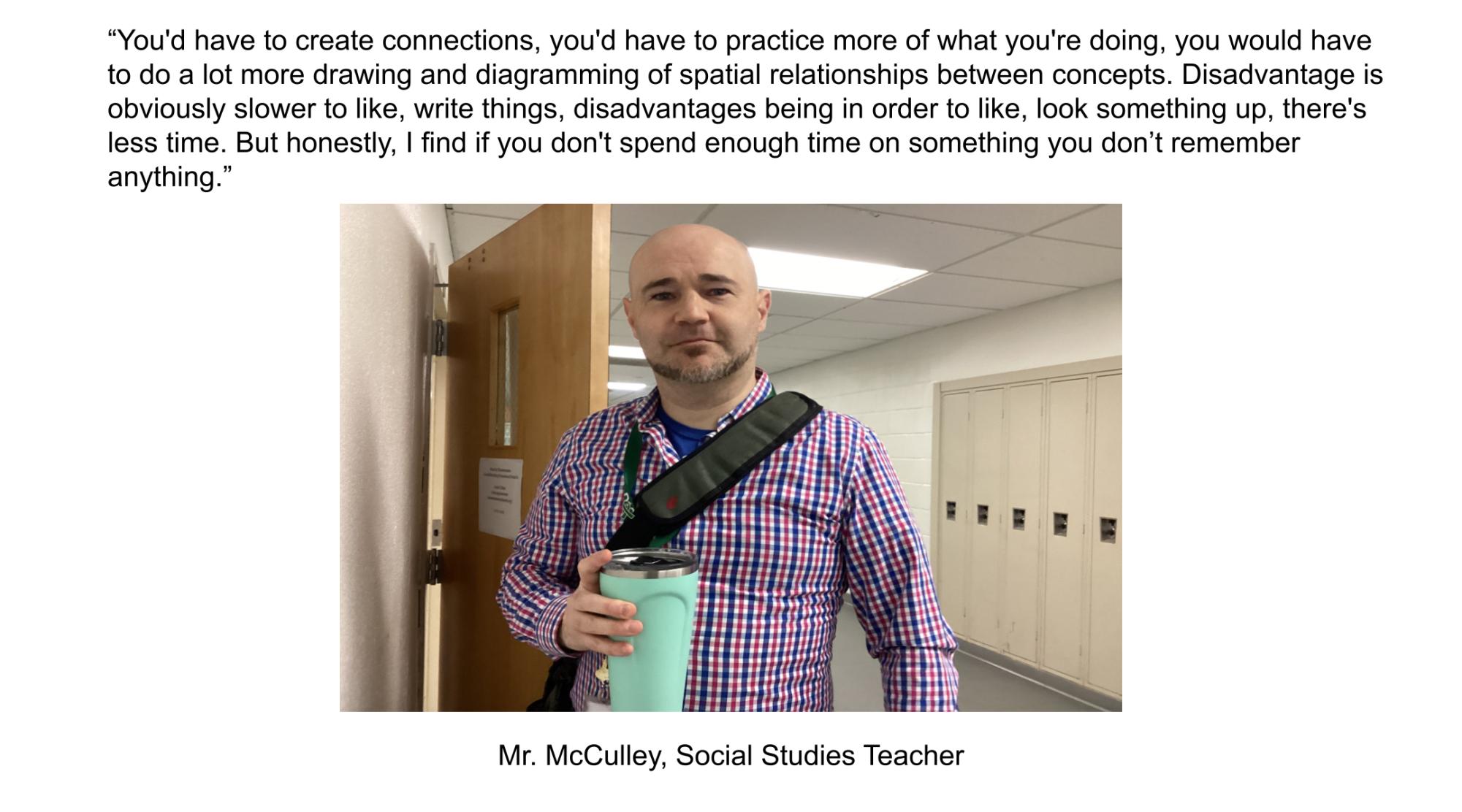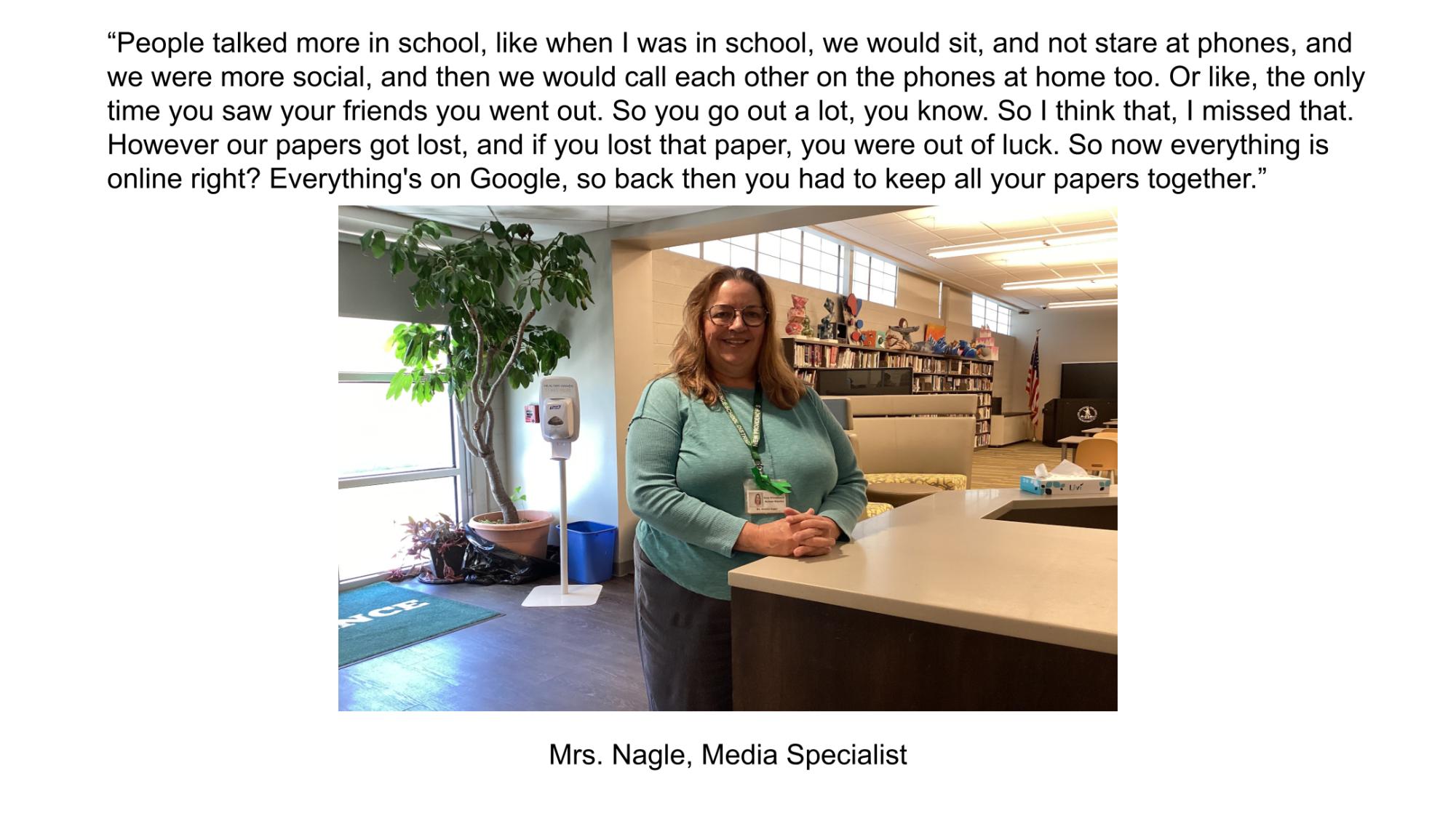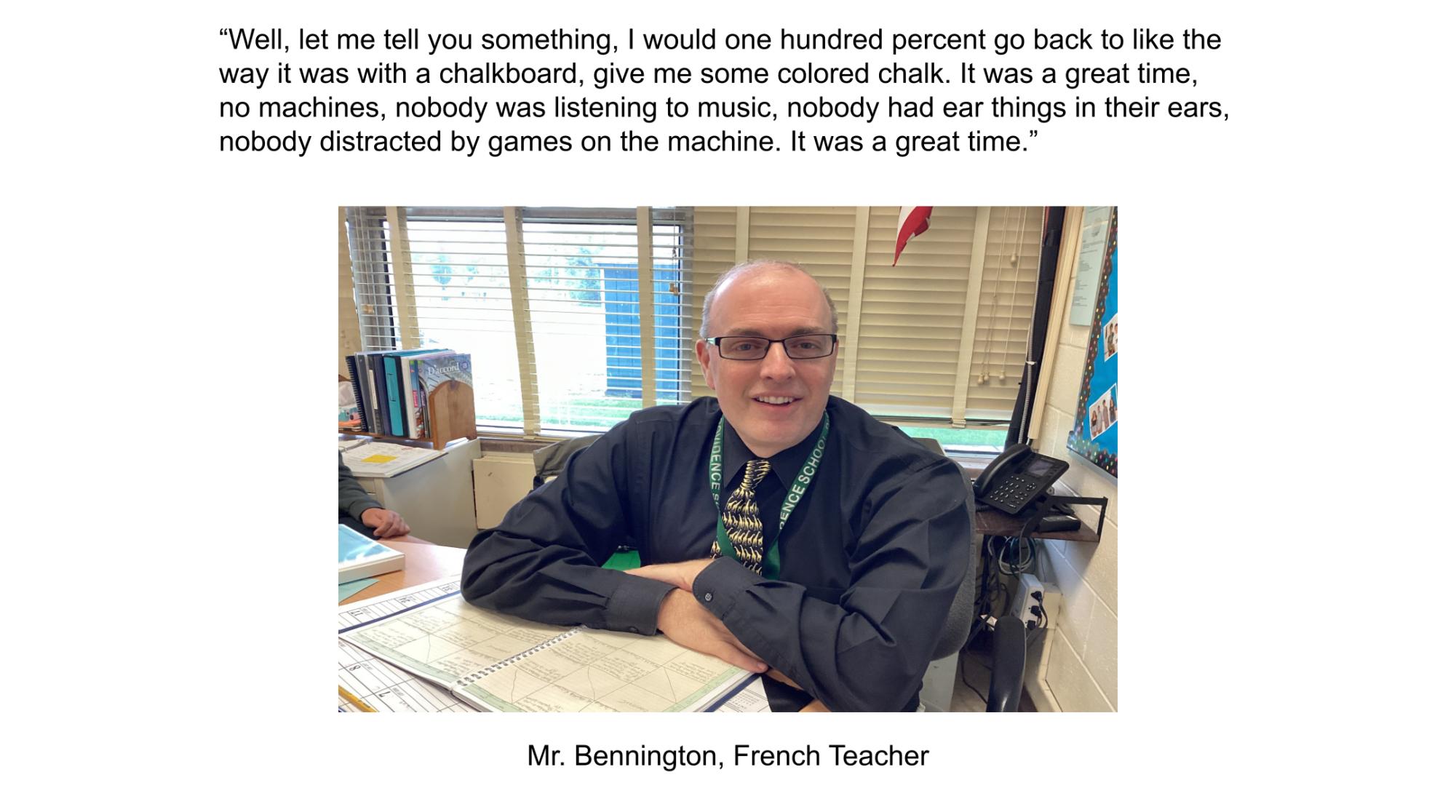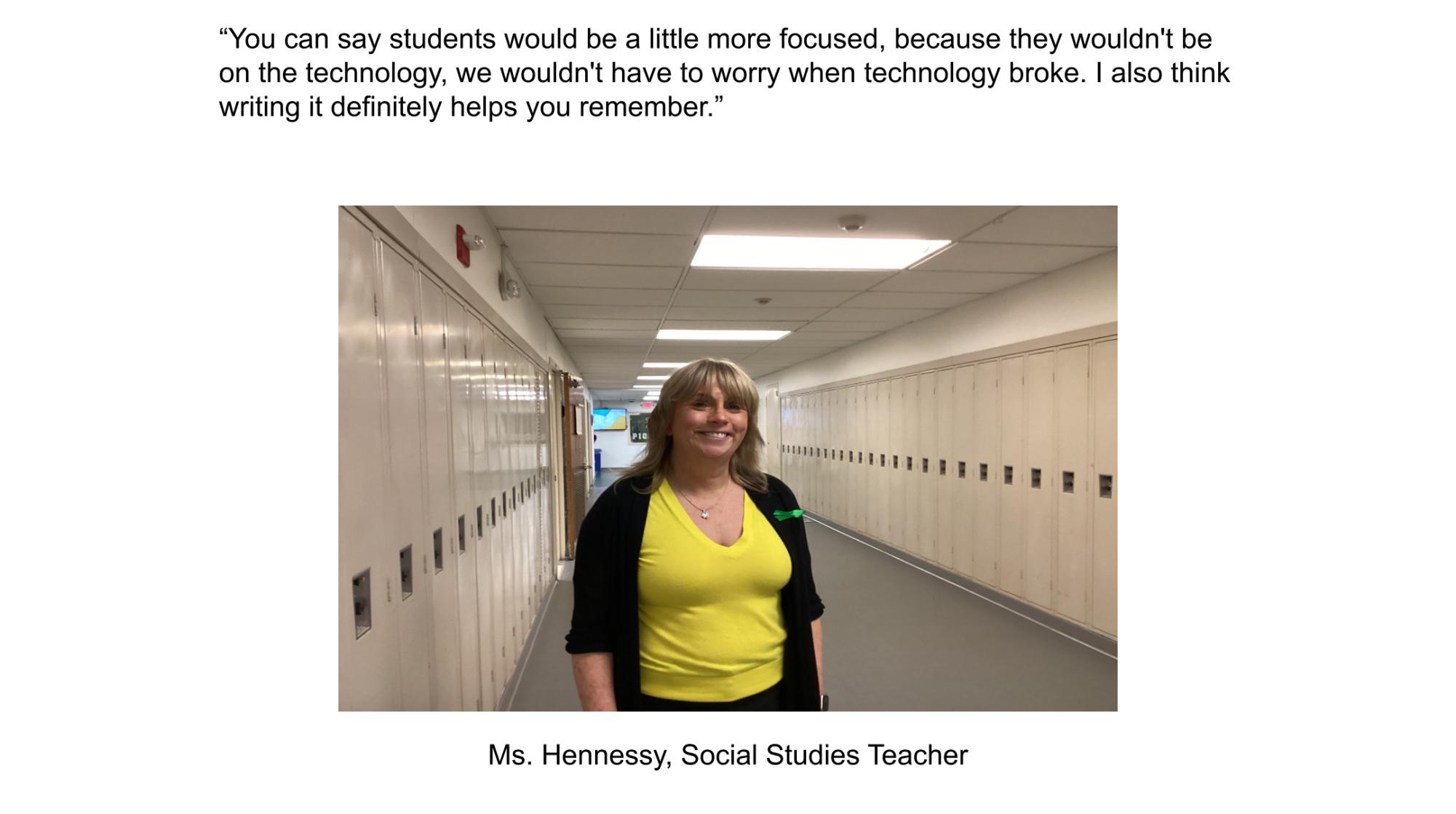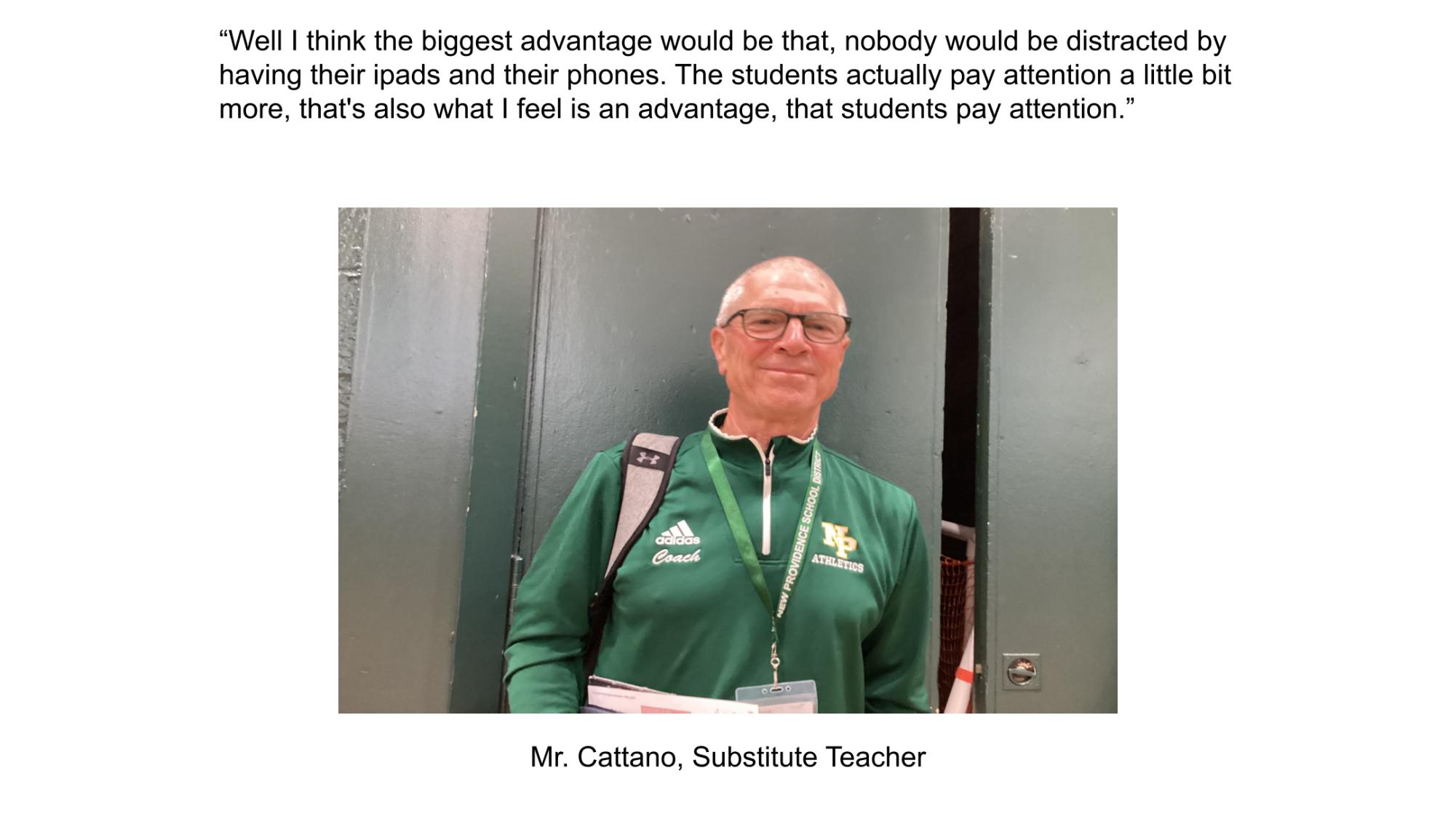Student, Athlete, or Neither?
February 1, 2017
We love sports at New Providence. Games are huge community events, accompanied by charity fundraising and tailgates. The star players of these games can go on to play in college as “student-athletes”, rewarded for their efforts by admission into schools across divisions, where they will be able to compete and gain an education. This will happen in equal measure, according to the NCAA. However, looking into the matter reveals that claiming student-athletes as being equally both is problematic at best. Adding to this the huge risks undertaken by student-athletes, student-athletes can end up being neither.
The physical demands of college athletics cast doubt on how realistic the concept of the “student athlete” is. In a 2011 NCAA poll, Division 1 athletes reported that they practiced for forty hours a week. If students are sleeping for at least eight hours a night, that means that they spend over a third of their waking hours practicing. Factoring in time spent in classes means students are left with only a third of their waking hours to eat, socialize, get involved in extracurricular activities, do homework, and relax. This time is further diminished if they’re taking a lab course. I have heard Division III college-athletes complain about not knowing people on campus, since their practice schedule prevented them from attending club fairs and the like. As a result of this time crunch, TIME Magazine reports that it is common for college athletes to get stuck with easy classes. It’s very easy to see students being forced out of more demanding fields like STEM by these schedules. All of this demonstrates that on a physical level, student-athletes are necessarily treated as athletes first and students second.
Ideologically, student athletes are athletes first. At our own high school, kids who sign to schools for athletics are rewarded for their efforts with a library signing session, complete with balloons and cake. This celebration doesn’t happen when kids get into elite schools for academics. This disconnect suggests that we prefer athletic success, which is easily observable, to academic success, which isn’t. Watching football games or any other sport is seen as a community event, where we observe the efforts of our athletes. As I am sure any proctor will tell you, no one wants to watch someone take a test.
The fact that humans prefer concrete things to abstract ones is well-documented. This proclivity blinds us to something equally well-documented: career-ending injuries. Googling the term brings up list upon list of tragic accidents. For an athlete, being one injury away from your career being over is a reality. This was made very apparent to me when I began to see double during swimming. Though it ended up not being serious, I faced the thought of years of my life being reduced to naught. No amount of skill could have protected me from it. Contemplating this, I became very thankful for my academic standing. I knew that if I didn’t have that, and my sports career was to suddenly end, I wouldn’t know what to do.
Even those who avoid injury face long odds if they want to go pro. According to the NCAA, only 1.1% of male basketball players get drafted into the NBA. Football players fare marginally better at 1.6%. Of course, many student-athletes may not wish to go pro, but they are still under the stress of demanding practice schedules. Student-athletes face long odds if they wish to devote themselves to athletics, and they face arduous schedules if they wish to perform academically. It seems that student-athletes are at high risk of becoming neither.
This does not mean that you shouldn’t play sports. Sports do a lot of great things for people. What this means is that it’s time to stop kidding ourselves about the reality of sports. These student-athletes take on a massive amount of risk in terms of their health, their educations, and their futures. Only after looking past all the grandeur and free cake can we realistically talk about what we’re doing to these kids and have them make decisions that consider the uncertainties that come with their contracts.


